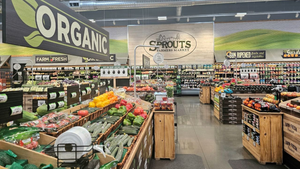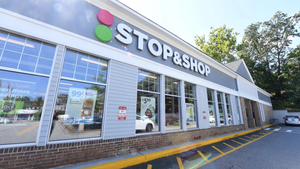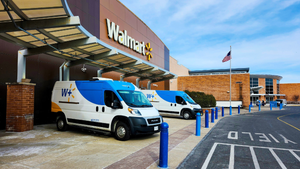MAINE WHOLESALER REVAMPS SUPPLY-CHAIN SYSTEMSMAINE WHOLESALER REVAMPS SUPPLY-CHAIN SYSTEMS
GARDINER, Me. -- Associated Grocers of Maine here is seeking to improve its distribution efficiency and inventory levels with the recent implementation of several supply-chain software initiatives."Basically we [installed] four software modules, a [warehouse management system], a purchase order system, a store order management system and labor productivity software," said Richard Houdlette, director
December 13, 1999
PATRICK SCIACCA
GARDINER, Me. -- Associated Grocers of Maine here is seeking to improve its distribution efficiency and inventory levels with the recent implementation of several supply-chain software initiatives.
"Basically we [installed] four software modules, a [warehouse management system], a purchase order system, a store order management system and labor productivity software," said Richard Houdlette, director of operations, Associated Grocers of Maine.
The wholesaler said that Y2K compliance, a desire to improve reserve control, rotation of product and an older customized system acted as catalysts for the technology change.
He added that partial installation of the software began in the wholesaler's meat and produce areas in May. The remaining software modules were installed this fall.
"We were hoping to bring all aspects of the warehouse together as one," Houdlette said. "We had to go to a whole new platform," Houdlette added.
The wholesaler said that the new software modules, which are from Uniteq, Redwood City, Calif., has allowed it to take advantage of radio frequency systems.
The wholesaler said it is using hand-held scanners, which utilize radio frequency technology, for all receiving and putaway as well as selection for meat. The wholesaler added that it would soon use RF technology for cigarettes and some grocery.
The hand-held scanning device walks the employee through the warehouse providing the most efficient pick or putaway procedure and allows the worker to maximize their pick-and-putaway efficiency, according to a source familiar with the situation.
In time, the new system should prove to be much more efficient than traditional paper pick lists.
Some benefits the wholesaler expects include: improved accuracy of inventory levels; increased throughput via increased receiving, selecting and shipping; better accountability of available hours vs. required hours; consistent fair labor standards that are easily maintained; elimination of double and triple handling; real-time data to assist supervisory decision-making; real-time inventory adjustments; better data for slot utilization and elimination of direct bills and extra trips through the warehouse.
Some of the customer service expectations include: decreased number of damaged product and out of stocks; accurate cubing data reducing overloads and damage; net invoicing that provides the retailer with clean statements and the capability of sending messages via the invoice documents, such as delivery schedules.
"There is a huge learning curve in implementing this system," said Houdlette. "It will be about four to six months before [we are] up to peak performance," he added.
About the Author
You May Also Like
.webp?width=300&auto=webp&quality=80&disable=upscale)



